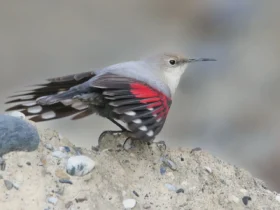In the enchanting world of avian wonders, the Broad-tailed Hummingbird (Selasphorus platycercus) stands as a jewel-like symbol of beauty and resilience. With its vibrant plumage, distinctive vocalizations, and impressive migratory feats, this hummingbird species captures the hearts of bird enthusiasts and nature lovers. In this article, we embark on a journey to explore the captivating world of the Broad-tailed Hummingbird, uncovering its appearance, behaviors, habitat, and its role in the intricate web of ecological balance.
Broad-tailed Hummingbird images
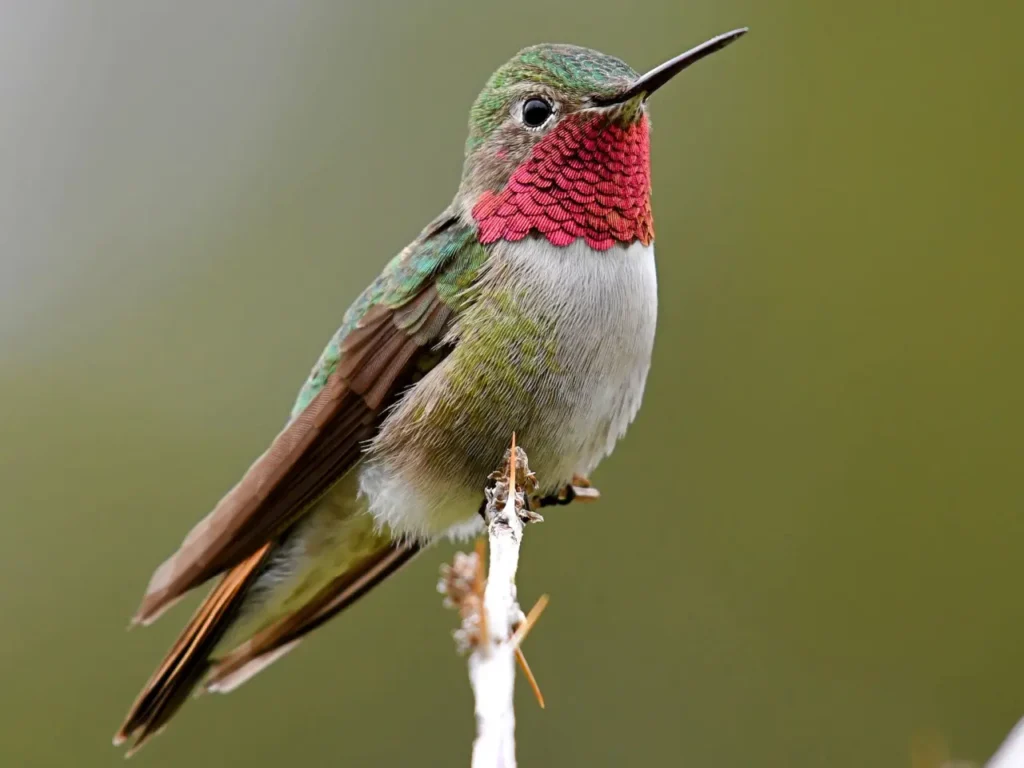
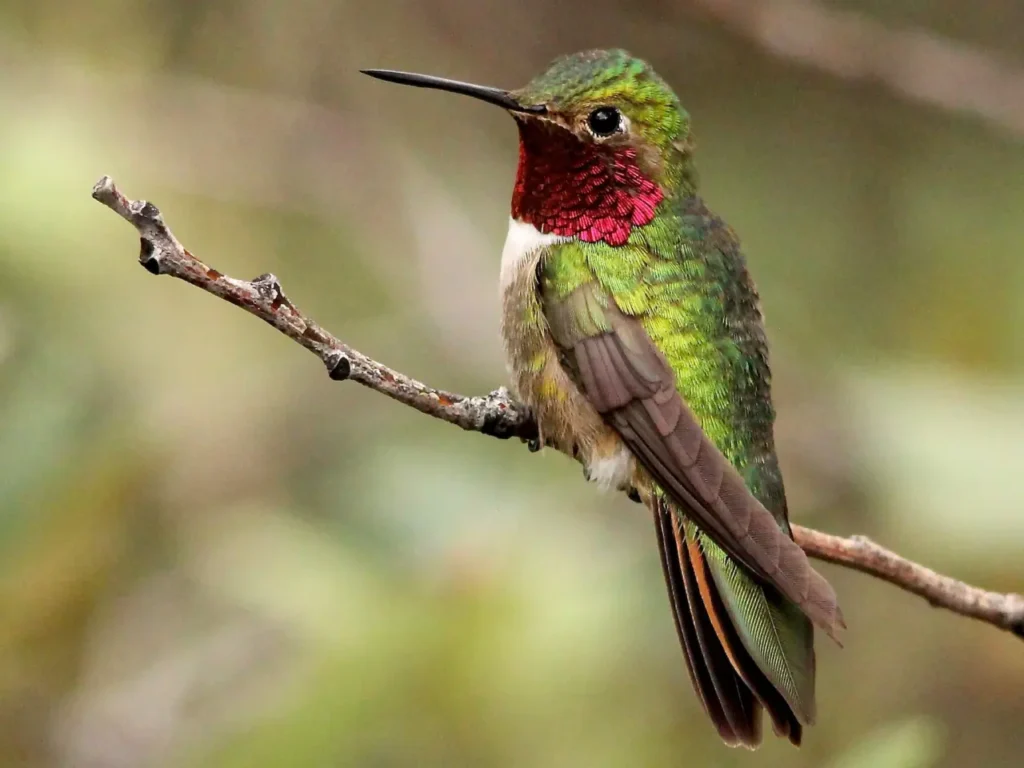
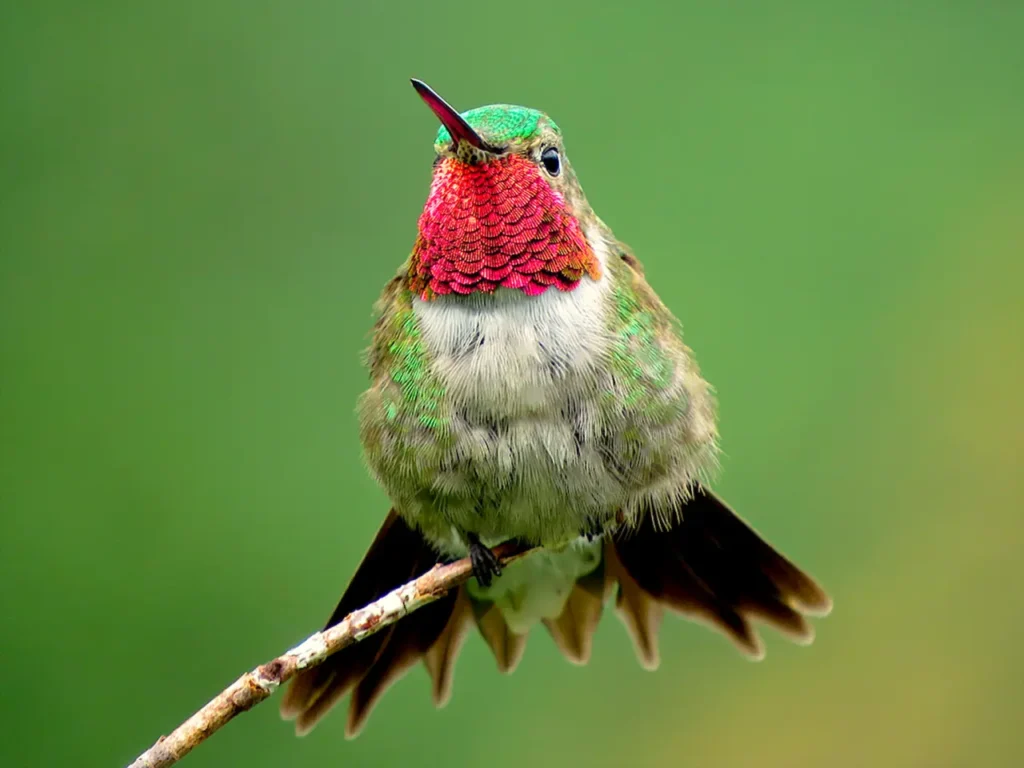
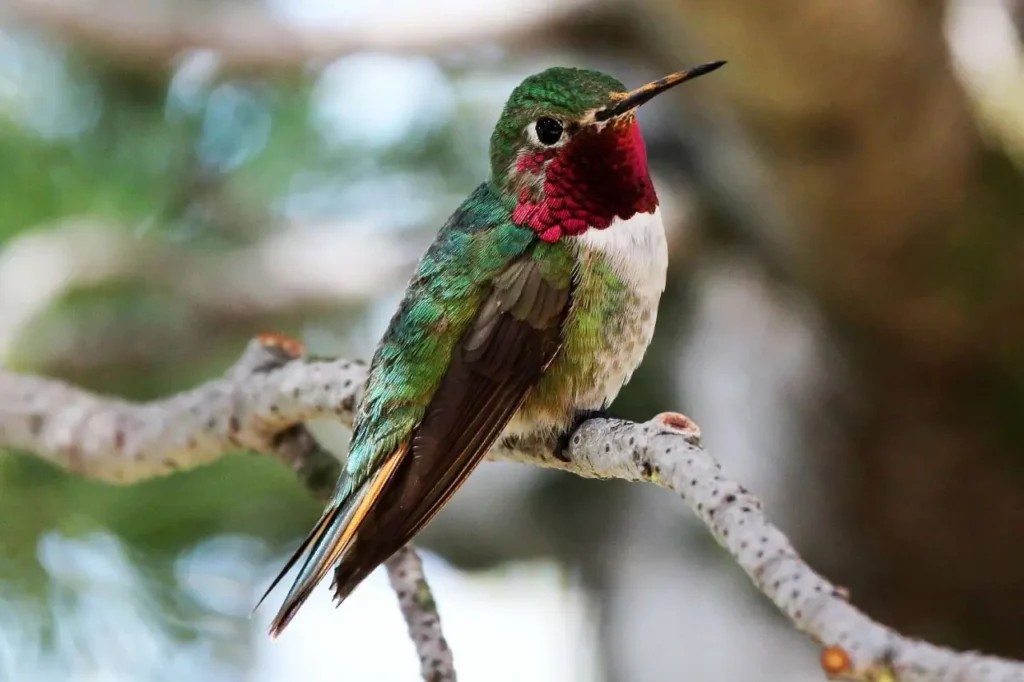
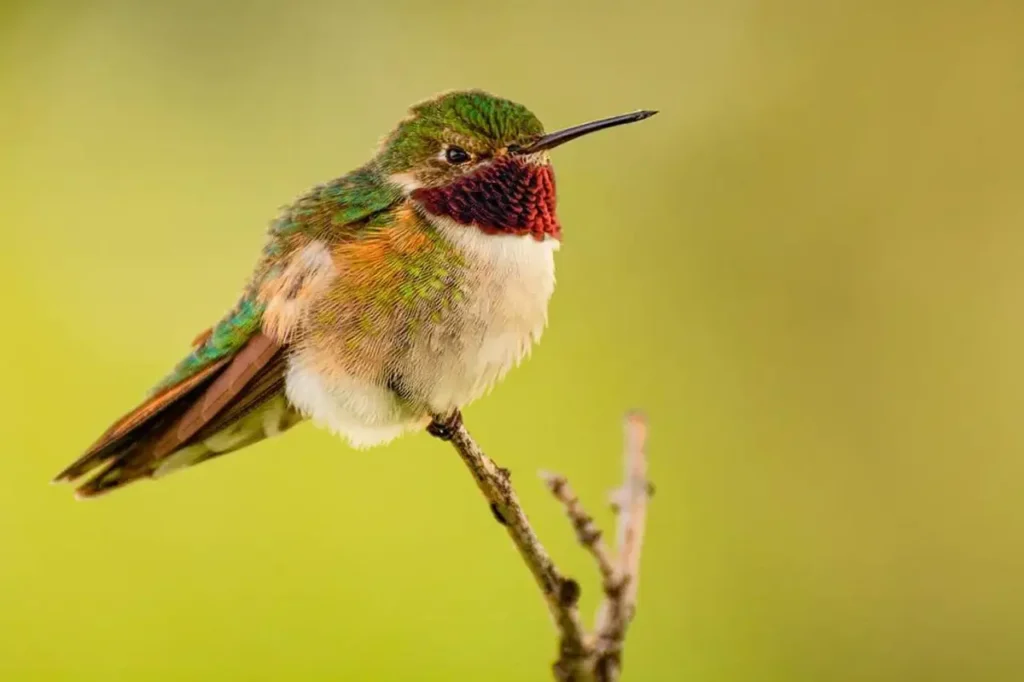
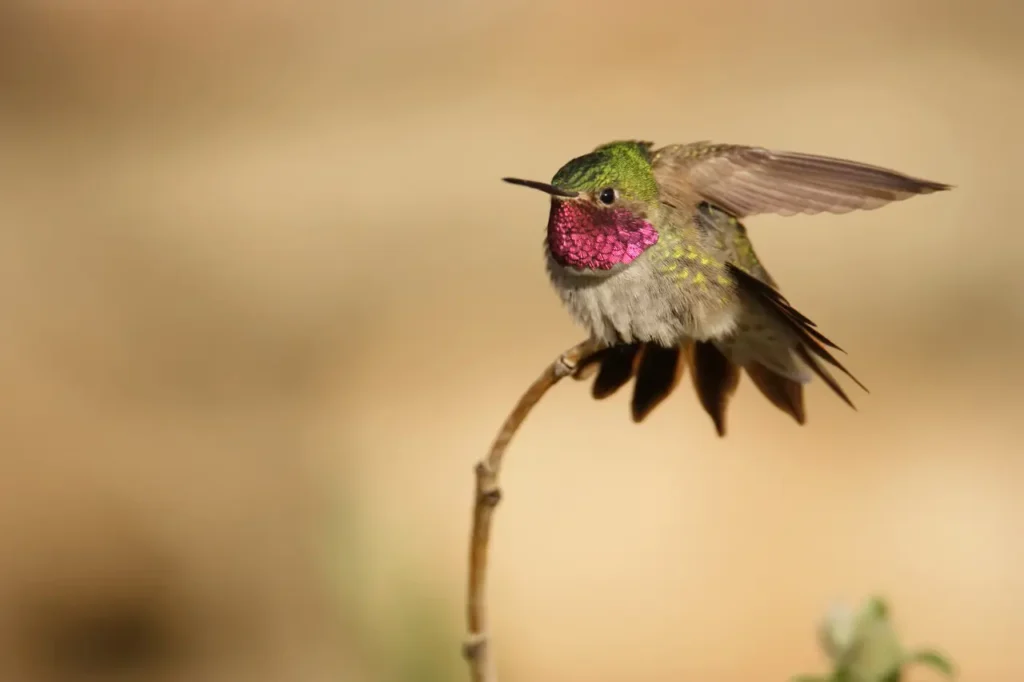
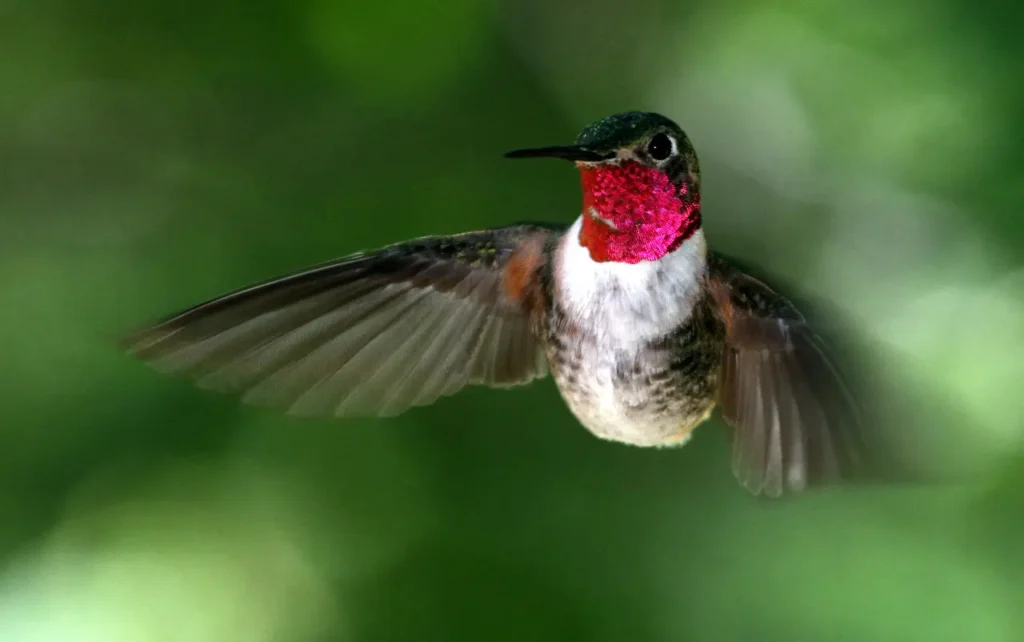
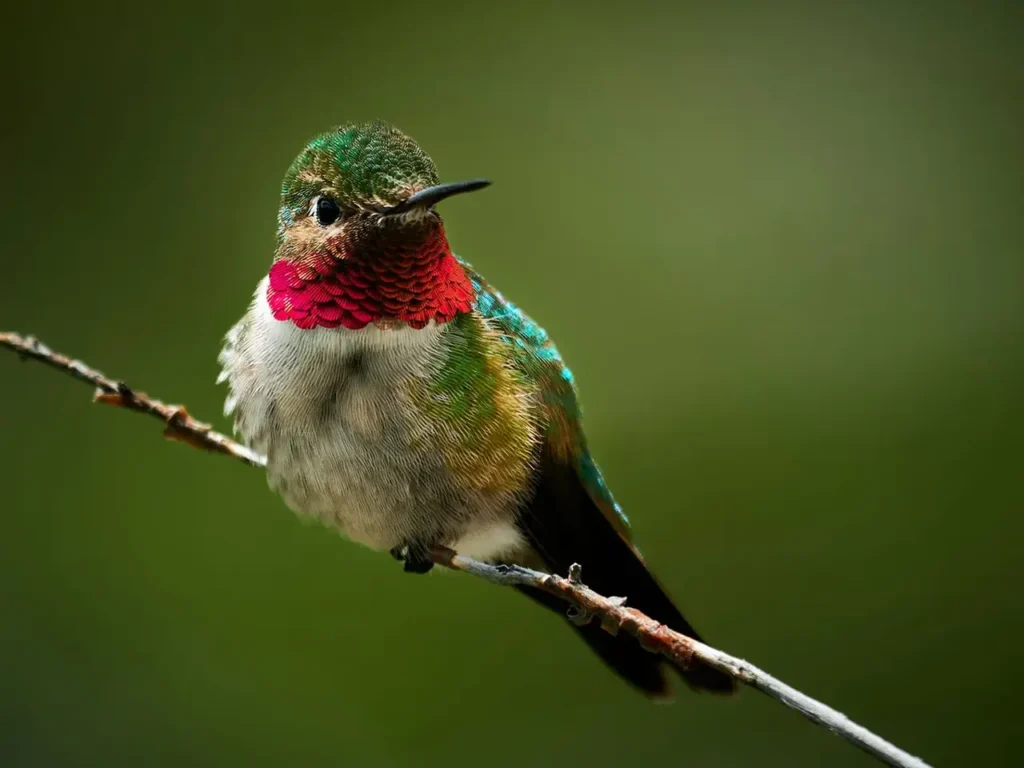
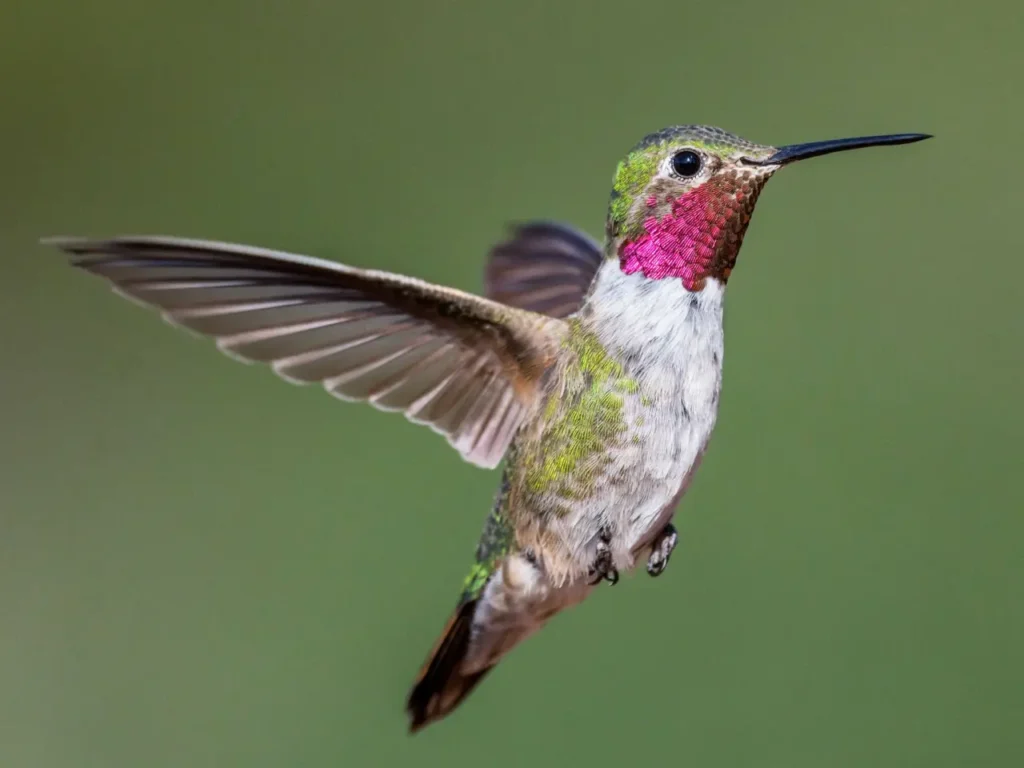
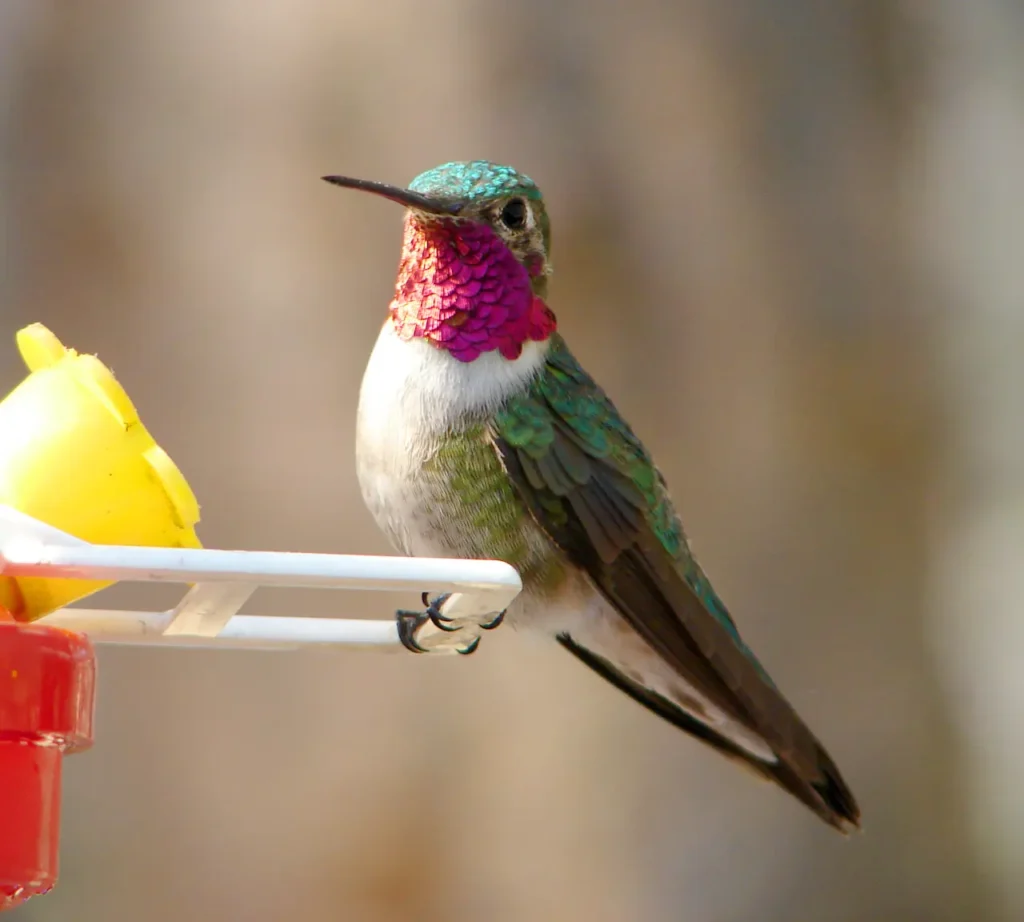
Appearance and Plumage
The Broad-tailed Hummingbird’s name provides a hint of its striking appearance. Males of this species are characterized by their iridescent emerald green plumage, which shimmers and shifts with changing angles of light. Their tails, as the name suggests, are notably broad and are adorned with outer tail feathers that make a distinctive whirring sound during flight.
Females exhibit more muted colors, with a combination of green, gray, and white plumage that provides excellent camouflage in their natural habitats. Both genders possess a white eyeline that accentuates their facial features.
Migratory Feats
One of the most remarkable aspects of the Broad-tailed Hummingbird’s life is its impressive migratory journey. These tiny birds embark on journeys spanning thousands of miles, traveling between their breeding grounds in North America and their wintering grounds in Central America. This migratory feat showcases their endurance and navigational skills, as they navigate through diverse landscapes and ecosystems.
Feeding and Habitat
Like all hummingbirds, the Broad-tailed Hummingbird’s diet consists primarily of nectar from flowers, supplemented with insects for protein. Their high metabolism and rapid wingbeats make them efficient pollinators as they move from flower to flower, transferring pollen and facilitating plant reproduction.
These hummingbirds are often found in montane and subalpine habitats, inhabiting coniferous forests, aspen groves, and meadows. Their presence is a reminder of the delicate balance of ecosystems, as they play a crucial role in pollinating flowers and maintaining the health of various plant species.
Courtship and Behavior
During the breeding season, male Broad-tailed Hummingbirds engage in vibrant courtship displays to attract potential mates. These displays involve dramatic aerial acrobatics, during which males soar to great heights and then plummet rapidly, producing a distinctive sound with their wingbeats.
Conservation and Habitat Preservation
The Broad-tailed Hummingbird’s habitat is increasingly threatened by deforestation, habitat fragmentation, and climate change. Conserving the forests and meadows they rely on for breeding and foraging is vital to ensuring their survival. Additionally, providing hummingbird-friendly gardens and habitats in urban areas can contribute to their conservation efforts.
The Broad-tailed Hummingbird, with its jewel-like appearance, migratory prowess, and vital ecological role, exemplifies the intricate beauty and interconnectedness of the natural world. By appreciating and safeguarding their habitats, we ensure that these tiny marvels of nature continue to grace our lives with their vibrant presence and remind us of the delicate tapestry of life that surrounds us.
